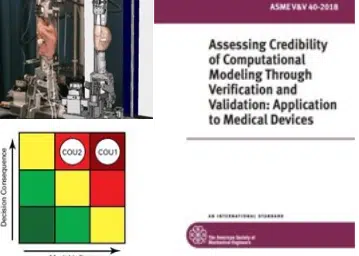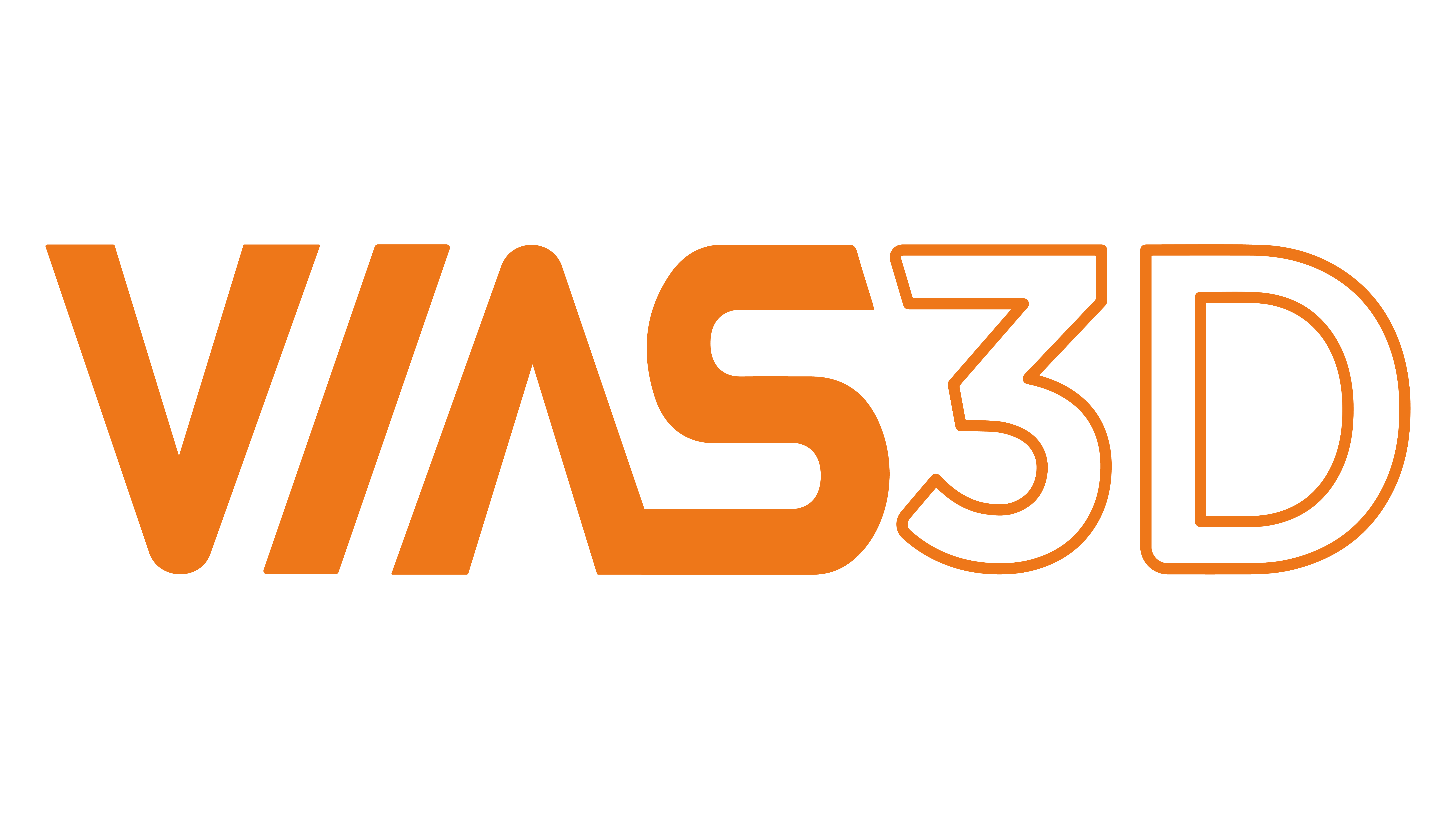Computational modeling and simulation (CM&S) have been recognized as powerful tool in accelerating the access to safe and effective products, with the capability to facilitate medical device development process. The use of CM&S by Life Science industry has drastically grown and has become a powerful tool for evaluating medical devices, animal, and clinical trials. Moreover, computational modeling methods are increasingly being used within software platforms, serving as clinical decision support tools, and are being embedded in medical devices [1]. To support its growing use, in 2017, the Food and Drug Administration (FDA) announced a 5-year model-informed drug development (MIDD) program to enable early discussions between regulators and sponsors on CM&S strategy.
The FDA sees a wide range of applications for CM&S in Life Science industry, some of which are still considered to be mature, and others are still emerging. For regulatory purposes, it’s important to identify and create best modelling practices and approaches to evaluate model credibility. As guidance on CM&S emerges, a more standardized approach to evaluate model credibility is being developed that will ultimately lead to more consistent and streamlined regulatory decision-making. Verification and Validation (V&V) standard, known as the ASME V&V40, contains many best practices in model evaluation. Verification addresses whether the code is correctly solving the mathematical equations you’ve modeled and the accuracy with which you’ve solved those equations. Validation addresses how well the simulation results compare with what happens in the real world. In addition to model verification and validation, the ASME V&V 40 standard also discusses model applicability which considers the relevance of the validation activities to a specific context of use. This framework has the potential to minimize the risk of erroneous decisions based on computational predictions.

Applying principles of the V&V40 to case studies, VIAS3D has developed consistent approach to computational model assessment, irrespective of the model type or intended application. Using SIMULIA portfolio we can help identify whether the design of the device, and the manufacturing process of the device is safe enough for commercial production. Using CM&S as part of your V&V and Research and Development process we can help augment clinical trials, so only the best devices make it to the clinical trials, thereby helping to increase the probability of successful trials. Lastly, with CM&S, we can automate the iterative parts of design by engaging your analysts and scientists early on and only designing what you need.
Please Contact Us to learn more about our technical capabilities and how we can help you with 501 (k) submission, supplementing with simulation results.
About VIAS3D
VIAS3D engineering and simulation team combines decades of analytical and design experience. They have successfully helped to design various products from many industries for strength, stability, rigidity, and fatigue endurance. Our design and analysis capabilities are accomplished through advanced engineering modelling techniques such as Finite Element Analysis (FEA), Computational Fluid Dynamics (CFD), Electromagnetics (EMAG) and other tools.
Using these advanced tools, we can capture complex design features and nonlinearities arising from materials, geometry, and surface interactions to simulate designs and predict their response before they are brought in production.
References
[1] Morrison, Tina M et al. “Advancing Regulatory Science With Computational Modeling for Medical Devices at the FDA’s Office of Science and Engineering Laboratories.” Frontiers in medicine vol. 5 241. 25 Sep. 2018, doi:10.3389/fmed.2018.00241
[2] FDA, “Assessing the Credibility of Computational Modeling and Simulation in Medical Device Submissions”, FDA-2021-D-0980, 2022
[3] American Society of Mechanical Engineers. “Assessing Credibility of Computational Modeling through Verification and Validation : Application to Medical Devices” V&V 40-2018, American Society of Mechanical Engineers, 2018.




